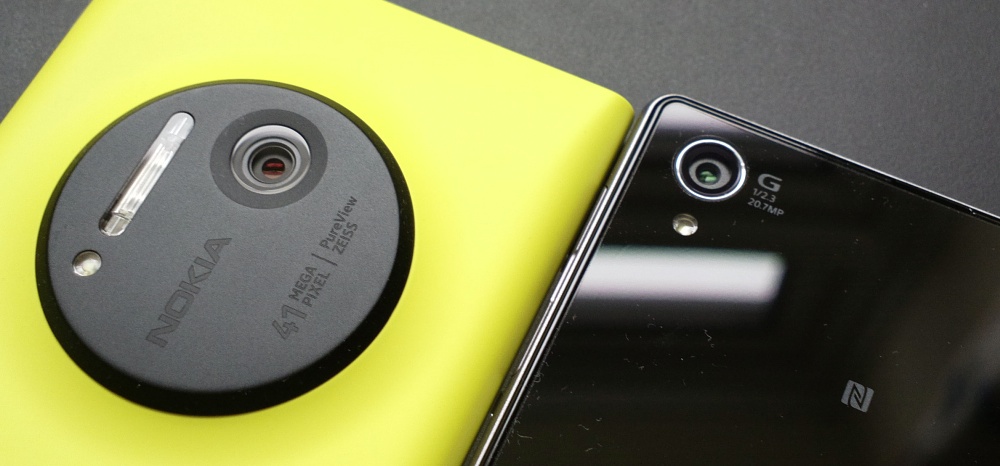From the AAWP piece:
The core idea behind Nokia's use of a crazily high resolution sensor (41 megapixels) in the 808 and, more relevantly here, the Lumia 1020, was to allow for 'computational photography'. Firstly, this involves taking large amounts of raw data and using it intelligently to produce higher quality data in smaller quantities, e.g. 5MP images with relatively low amounts of noise. Secondly, using the high native resolution to allow for zooming and re-framing without having to 'interpolate' (i.e. making up detail that's not really there). And now the same idea has been copied by Sony for the Xperia Z1. So how does the Z1 fare in a ten-scene camera shootout against Nokia's second generation PureView tech in the 1020?
Note that by 'copied', I'm not talking about anything that's lawsuit-worthy - oversampling had been done before the Nokia 808, just not in a phone camera. Sony's implementation involves a 1/2.3" 20MP sensor (c.f. 1/1.5" 41MP on the Lumia 1020), so well under half the sensor size and around half the raw resolution. The core idea's the same though - output images are at an oversampled 8MP by default, with lossless zoom up to around 1.8x
How well does Sony's version of the technology work? That's what we're here to find out, though physics usually dictates the overall result in tests of this kind and the 1020's far larger sensor meaning roughly three times more practical light gathering ability. In most light conditions, of course, the limiting factors are optics and image processing, but in low light the Z1 will struggle and it's capabilities aren't helped by the weedy LED flash being outgunned by the Xenon bulb in the Lumia 1020.
From the summary section:
As you'll see from the order of the test photos, the Z1 stays very close to the 1020 as long as there's enough light around. However, once the light levels drop, whether outdoors or indoors, the Lumia 1020's much larger sensor, its higher native resolution and more advanced oversampling, plus the use of OIS to keep away any hand shake effects and a proper Xenon flash, all play a part in keeping Nokia's device well ahead of the competition.
Is the Z1 the best Android camera phone at the moment? Probably. I'd place it slightly ahead of the Samsung Galaxy S4 overall, and possibly some way ahead once Sony has managed to improve its image processing algorithms. The Samsung Galaxy S4 Zoom would give the 1020 a far closer race, thanks to OIS, Xenon and optical zoom, but that device comes with a huge size penalty, of course, and can't be considered a mainstream smartphone.
It's good to see manufacturers starting to learn lessons from Nokia's imaging innovations, but here a natively noisy sensor and a weedy LED flash really let the Xperia Z1 down. Roll on the Z1 with Xenon and second generation Sony internals?
You can read the full (lengthy) comparison article here.
NB. I did shoot some of the test scenes with the Nokia 808 as well, but I didn't get the full set. I've also had complaints on AAWP that I mention the 808 too much, so....

